Graduating with style: The evolution of prom nights in Russia
On June 23-24 school graduates around Russia traditionally celebrate the beginning of adult life. Unlike the formal part of the Last Bell ceremony on May 25, the final celebration in the end of June is all about partying.
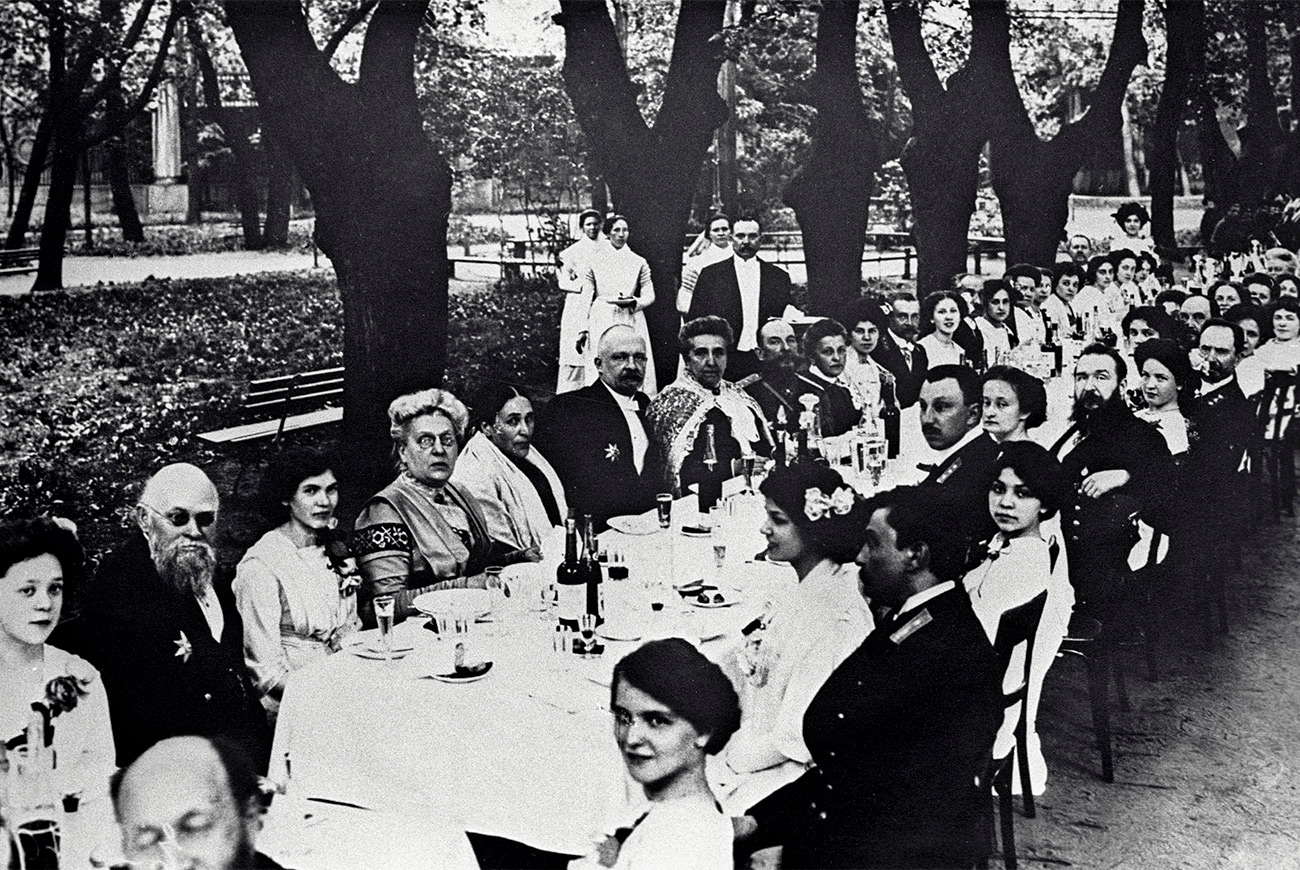
After the 1917 October Revolution the practice of graduation balls was cancelled but not for long. In the 1930s it was restored in a slightly changed form. Under the new format the evening began with long farewell speeches but ended with dancing nonetheless. / Free / RIA Novosti

In the beginning of the 1950s the graduation was still called a “graduation ball,” but later on the Soviet authorities decided to get away from these remnants of the past and rename it to a “graduation evening.” At that time the celebrations were already not reminiscent of a prom, but instead included a mix of dancing, performances, and a banquet. The outfits for the graduation were very modest and girls were not allowed to wear any makeup or get a manicure. / Free / TASS
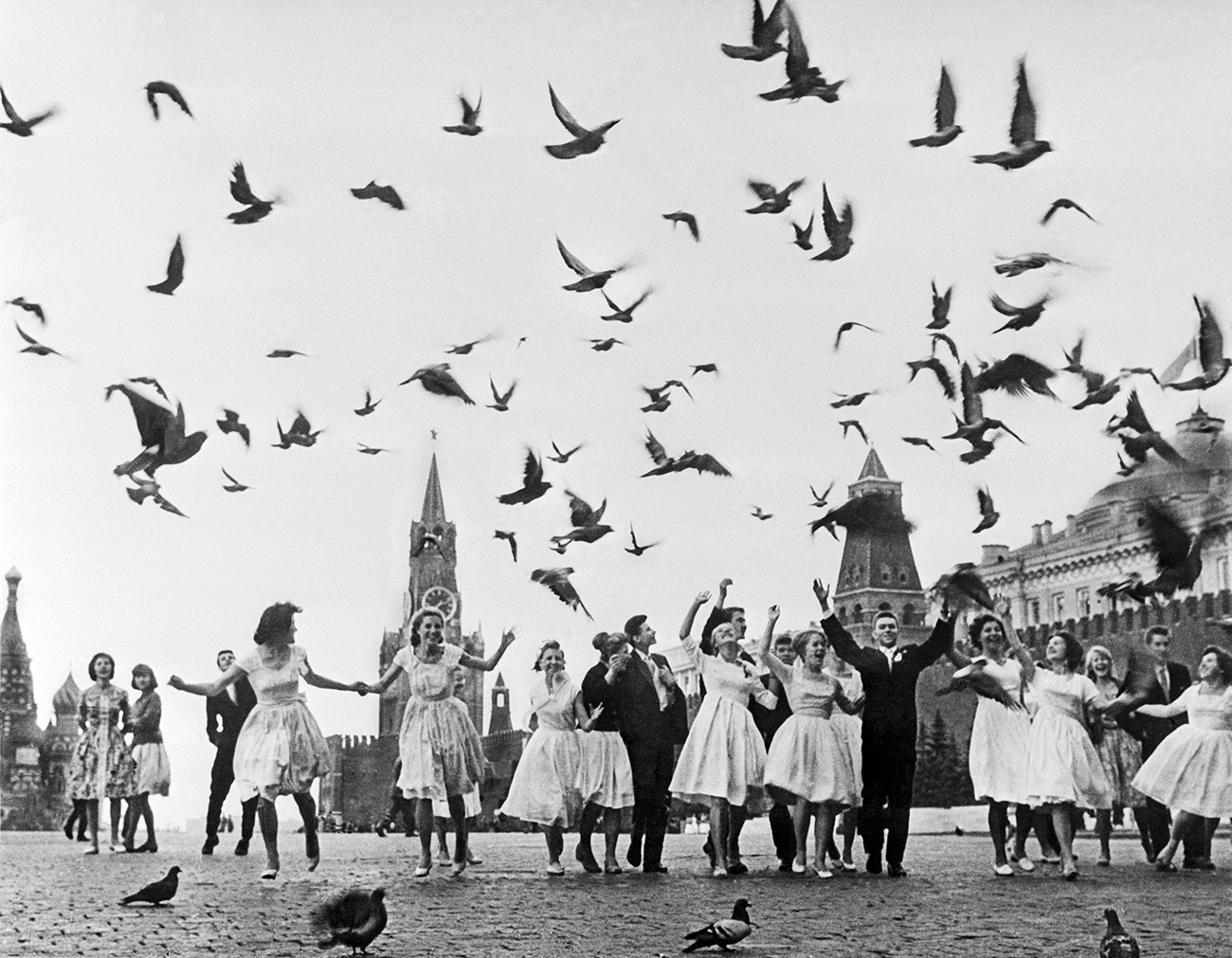
Celebrations were held within a school. The formal awarding of the certificates was usually followed by a concert and then a banquet. The consumption of alcohol (some champagne and wine) was officially permitted. The graduates were not allowed to leave the school premises until the morning, so they spent all night dancing. / Free / Vladimir Lagrange/TASS
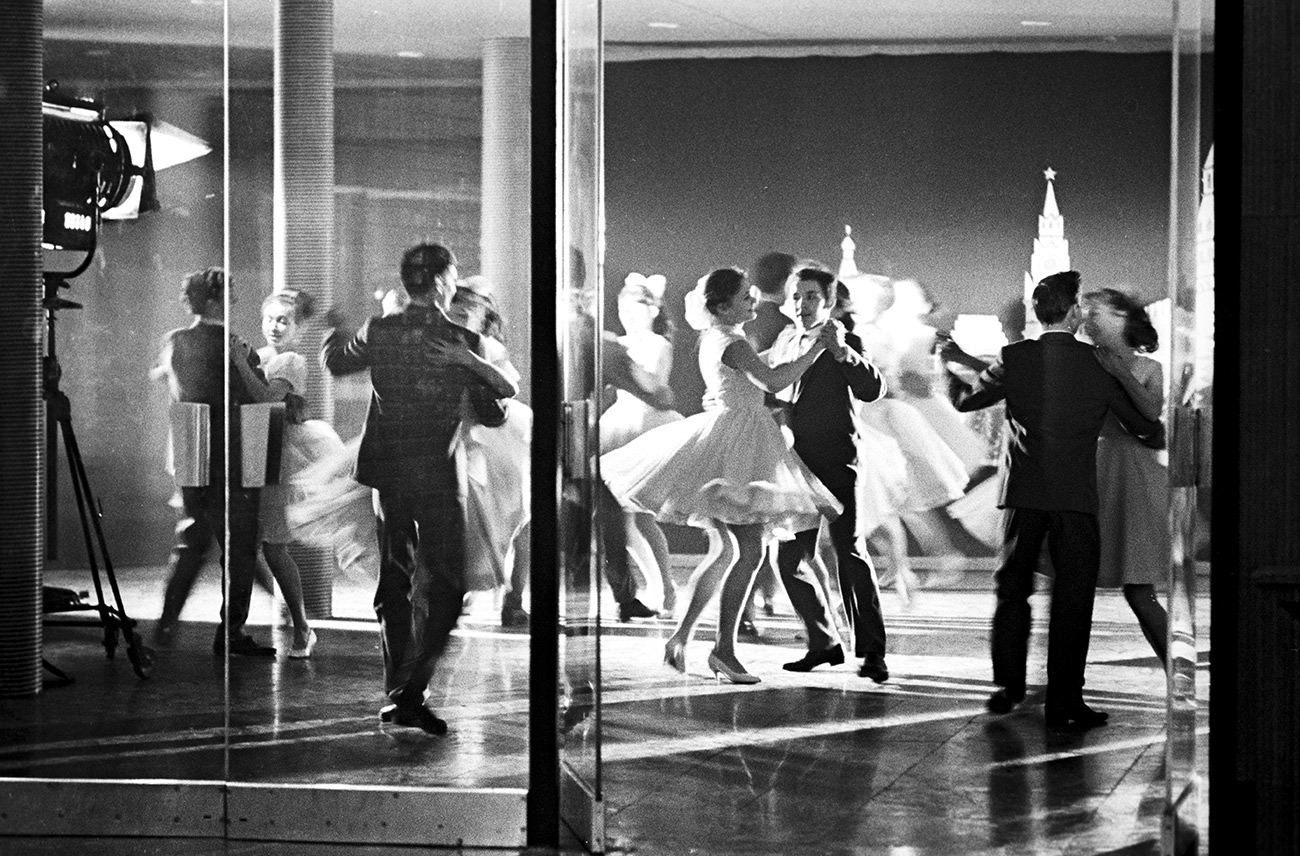
In the 1960s a new tradition emerged – graduates started to greet a new day on the bank of a river or on a boat. In the 1970s girls began to take their outfits more seriously, with each girl aiming to be the best dressed. They started to wear mini-skirts, makeup, and curl their hair. / Free / Valeriy Shustov/RIA Novosti
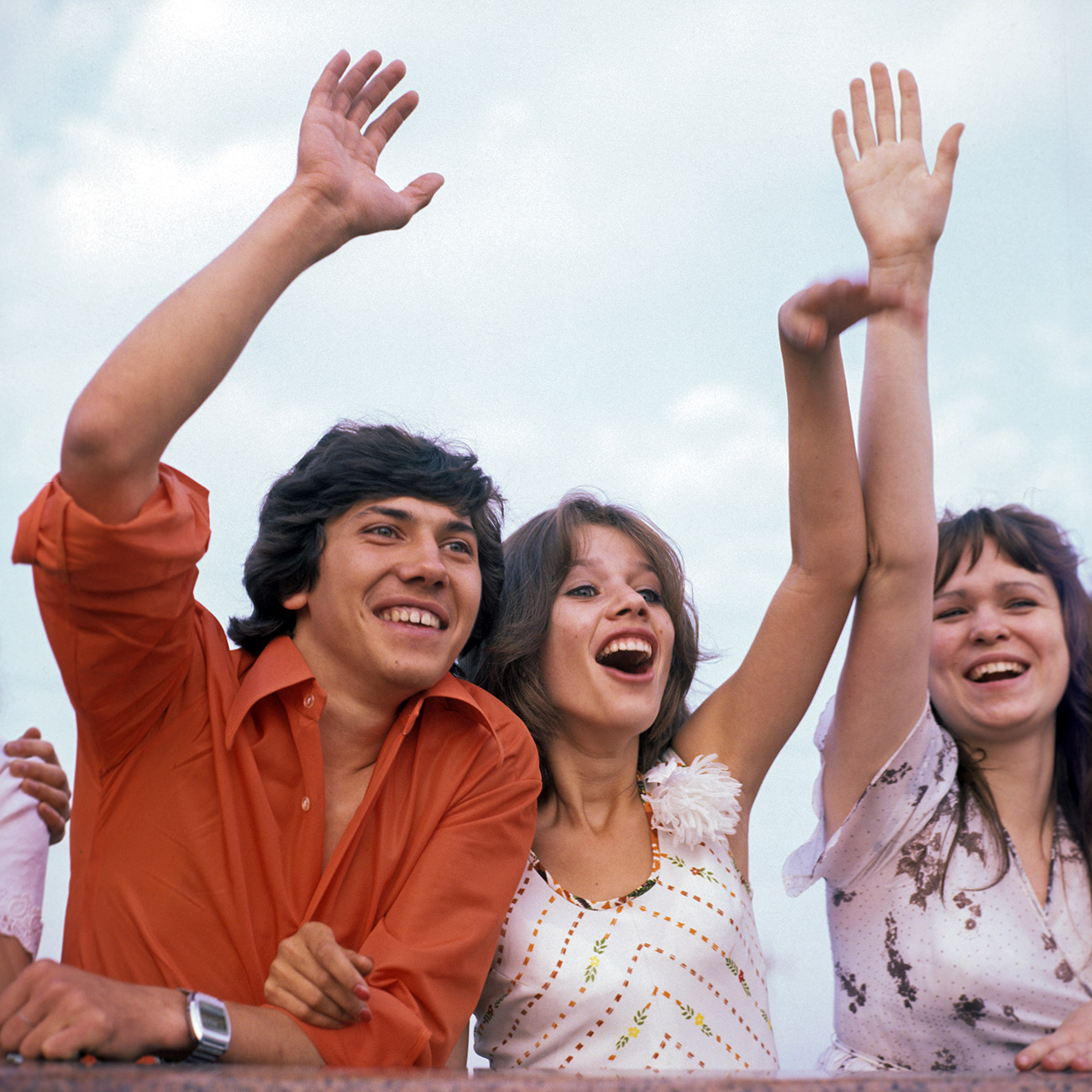
The collapse of the Soviet Union and the beginning of a new capitalist period in Russia’s history in the 1990s led to a new trend in graduation celebrations. The youth started to move away from the school compound to outside venues like restaurants and nightclubs. It was especially glamorous to spend the evening on the deck of a boat cruising along the Moscow River. In the beginning only elite schools could afford it, but with time it became a widespread practice. / Free / Alexander Chumichev, Alexander Shogin/TASS
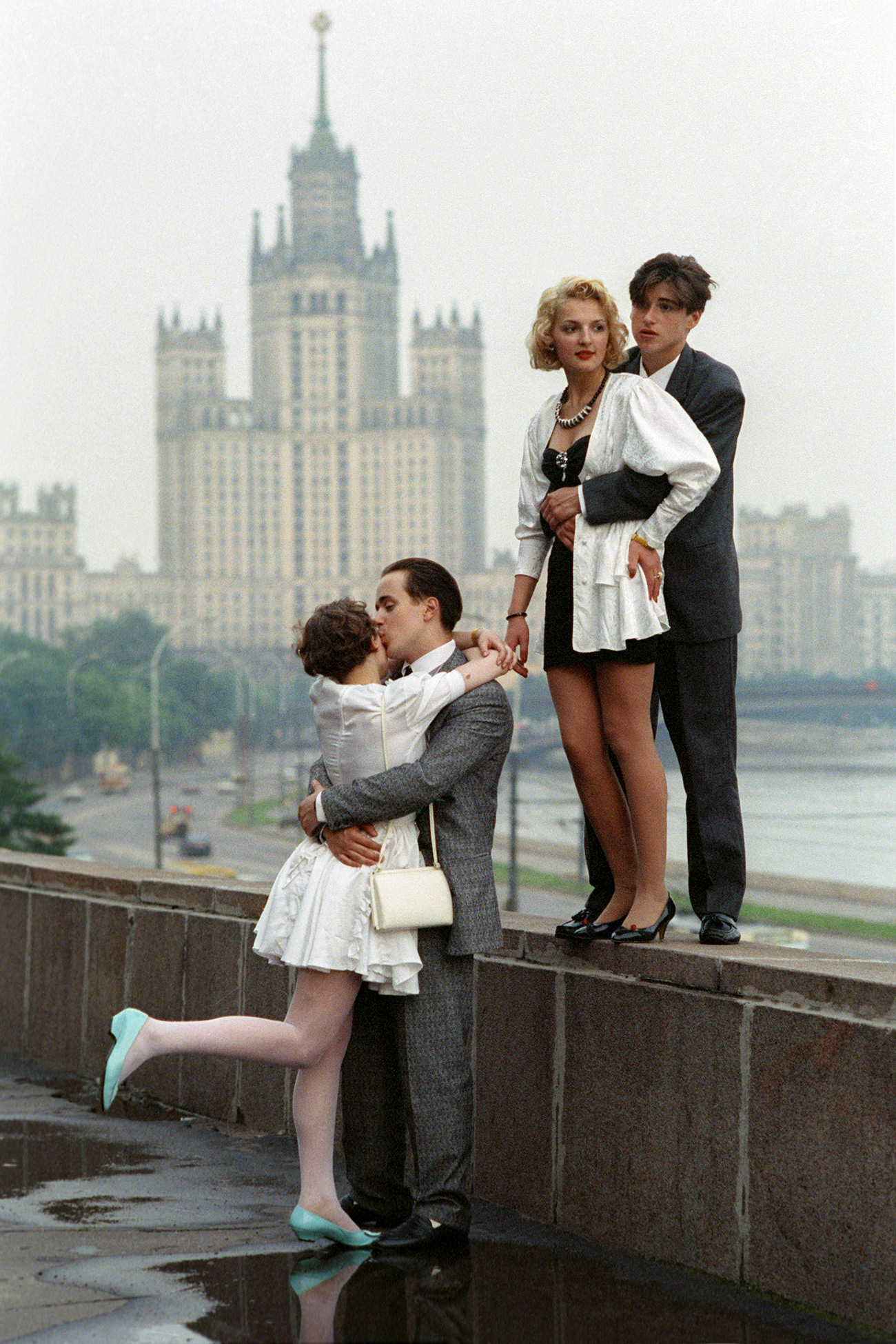
Since the 16th century, graduation has been a heavy burden on the family’s funds. Today the amount spent on this important occasion can vary from one school to another and depend on the financial state of a particular family. / Free / Vladimir Velengurin/TASS
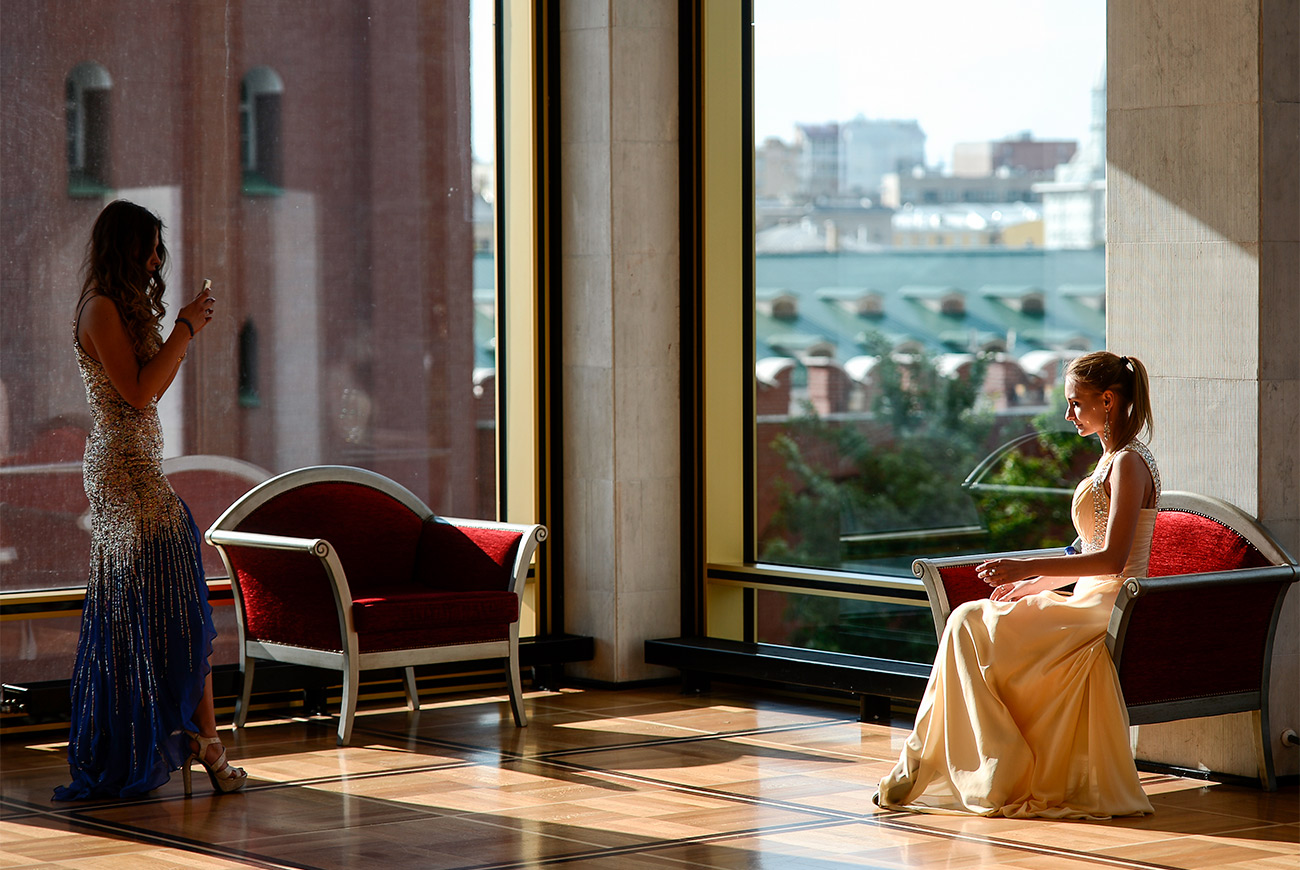
Organizing a banquet, inviting a photographer, and renting a restaurant or a club might require a minimum of 8,000 rubles ($134) per person. And this is only the beginning: One also needs an outfit, a taxi, and makeup. / Free / Vladimir Astapkovich/RIA Novosti
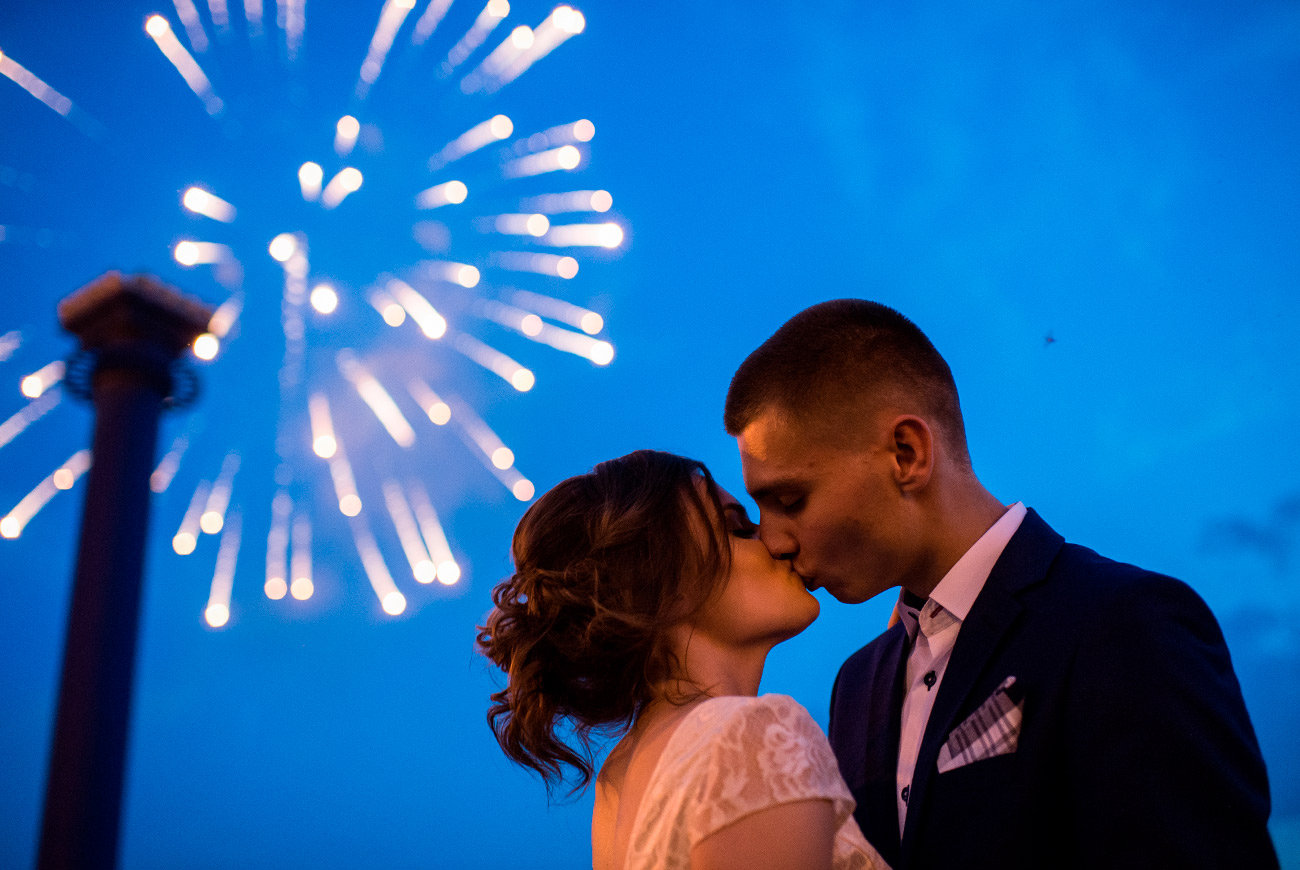
How far the celebration goes depends only on how much the relatives and the school are willing to spend. The total amount might range from 15,000 ($252) up to 200,000 rubles ($3,357) in elite schools. / Free / Alexey Malgavko/RIA Novosti
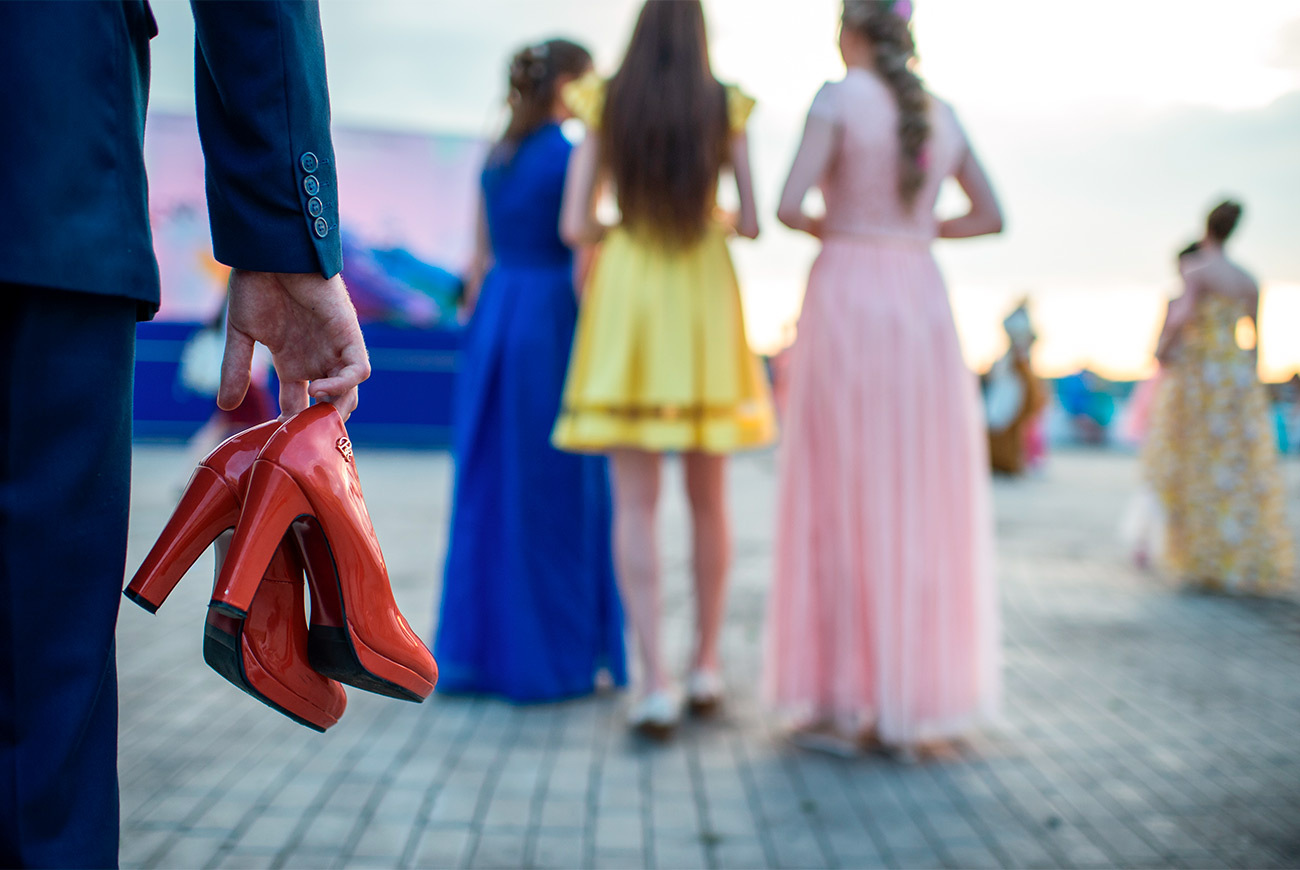
Even though government officials acknowledge that graduation parties have become too pompous and it is necessary to encourage schools to spend less, it is unlikely that such a downward trend will emerge. Those who can afford it will continue to do the best they can to make the prom night memorable for their children. / Free / Alexey Malgavko/RIA Novosti
Subscribe
to our newsletter!
Get the week's best stories straight to your inbox